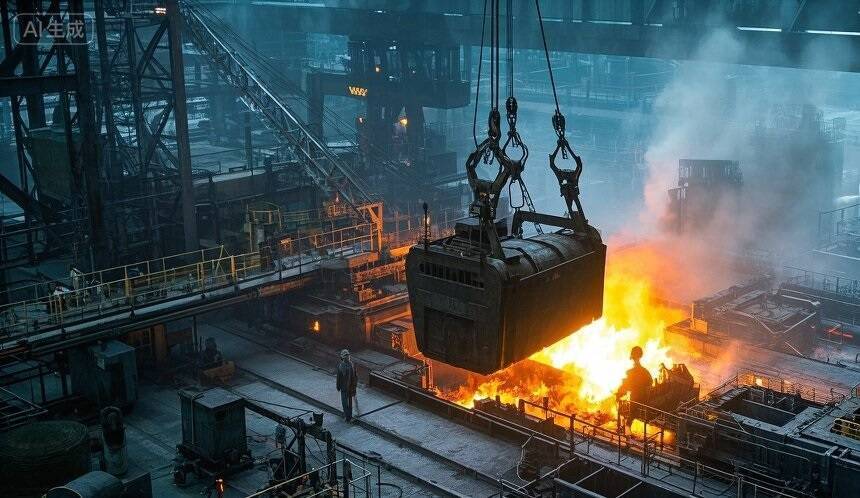No products in the cart.

Zambia Copper Mine Waste Dam Collapse: A Deepening Environmental Crisis
An independent evaluation of a waste dam partial collapse at a Chinese – owned copper mine in Zambia indicates that the amount of toxic sludge released into the environment may be 30 times higher than initially reported. The incident occurred at the Sino – Metals Leach Zambia Ltd. mine near Kitwe in the north.
The company hired to assess the environmental damage, Drizit Zambia Ltd., found that at least 1.5 million tons of poisonous substance escaped when a reservoir at the mine failed. This is far more than the previously – stated 50,000 tons by the government and Sino – Metals. Drizit described it as a “large – scale environmental catastrophe” threatening local drinking water, fishing stocks, and farmland.
Sino – Metals, however, questioned Drizit’s methodology and terminated their contract, claiming “contractual breaches.” But Drizit stated that SML had tried to disrupt the assessment process and influence the findings.
The disaster has significant implications. It risks undermining Zambian President Hakainde Hichilema’s plan to boost copper output. It also complicates Zambia’s relations with China, especially as Zambia is seeking to restructure its debt with Chinese lenders.
The US Embassy expressed concern, ordering the withdrawal of its officials from Kitwe and some surrounding areas. The Finnish and Australian embassies also updated health warnings.
The Zambian government initially downplayed the concerns, stating that water quality in affected areas had been restored. However, while the acidity may have normalized, heavy metals from the spill still pose a long – term threat, especially to those living near the affected zone.
Transparency International Zambia called on the government to take the situation seriously. The incident highlights the need for a comprehensive approach to address the long – term effects of the toxic spill on human life, wildlife, and the environment. The contracting of a new company for environmental impact assessment by the Zambian government is underway, with Sino – Metals still covering the costs. But the controversy over the spill’s scale and its handling continues to unfold.




